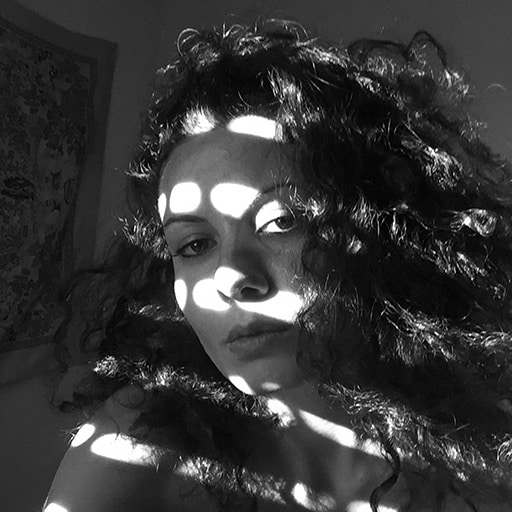Documentary photographers, like photojournalists and photojournalistic images, are expected to capture the world or everyday life, as it exists, without stage managing or directing or editing the scene. Documentary photography is popular to chronicl...




